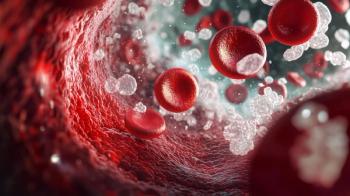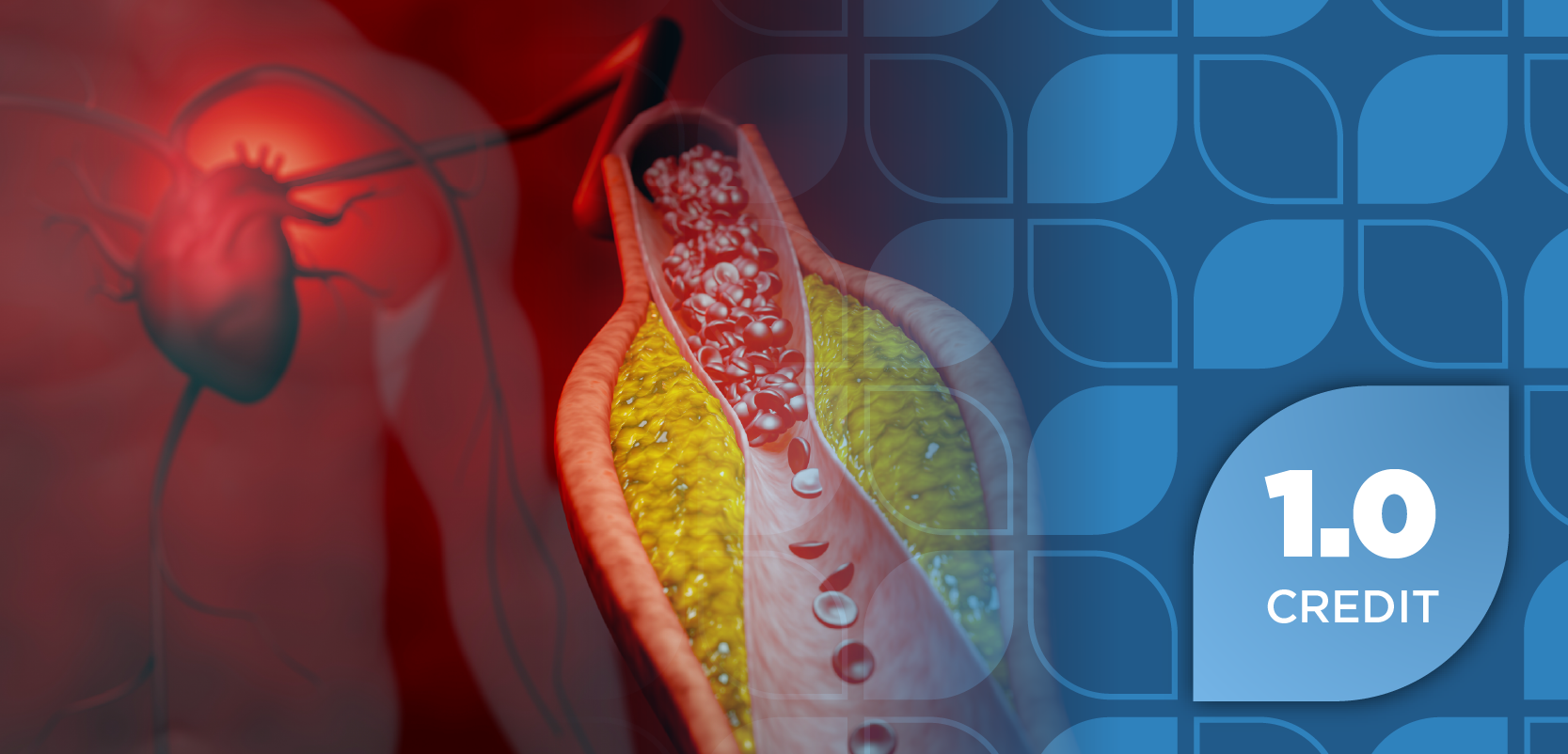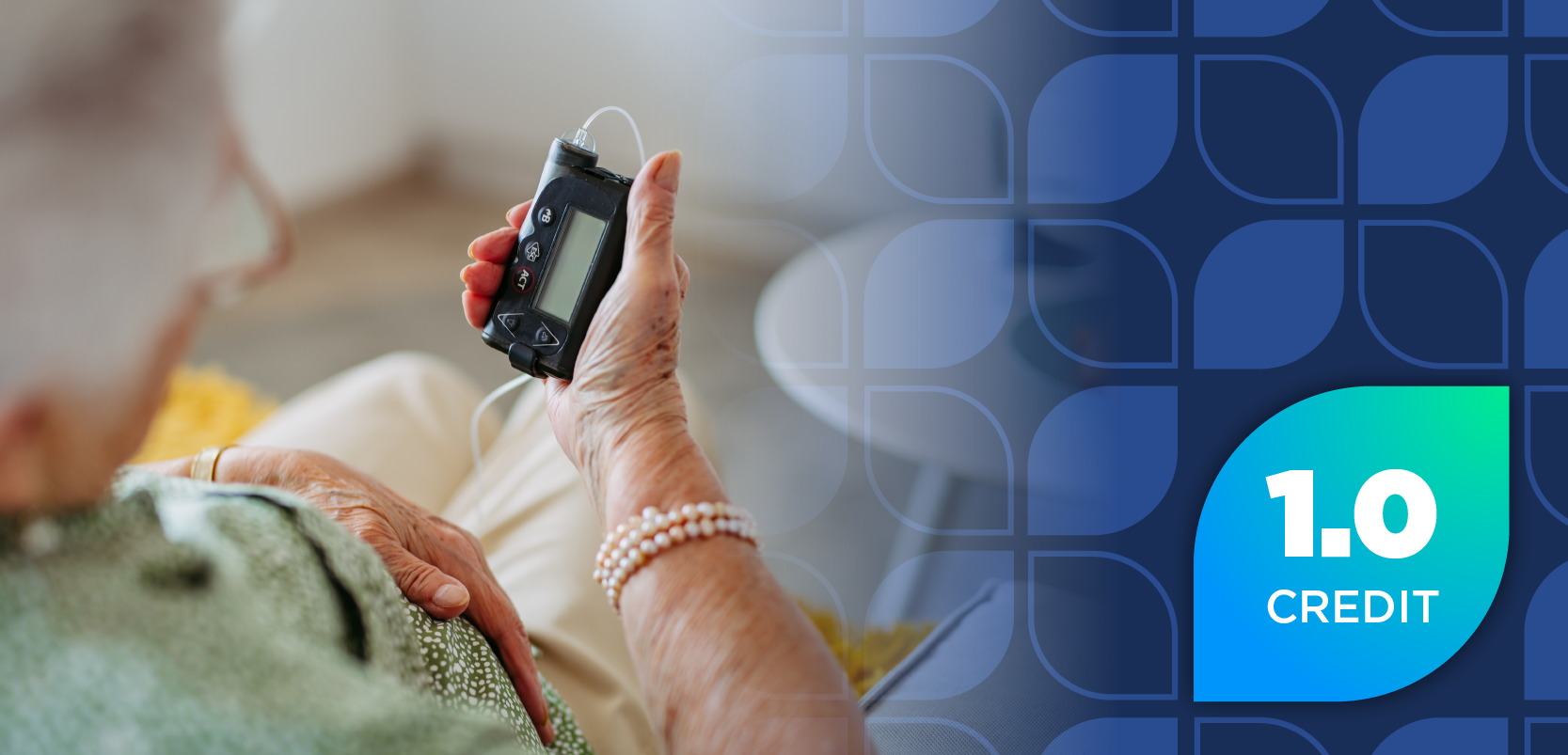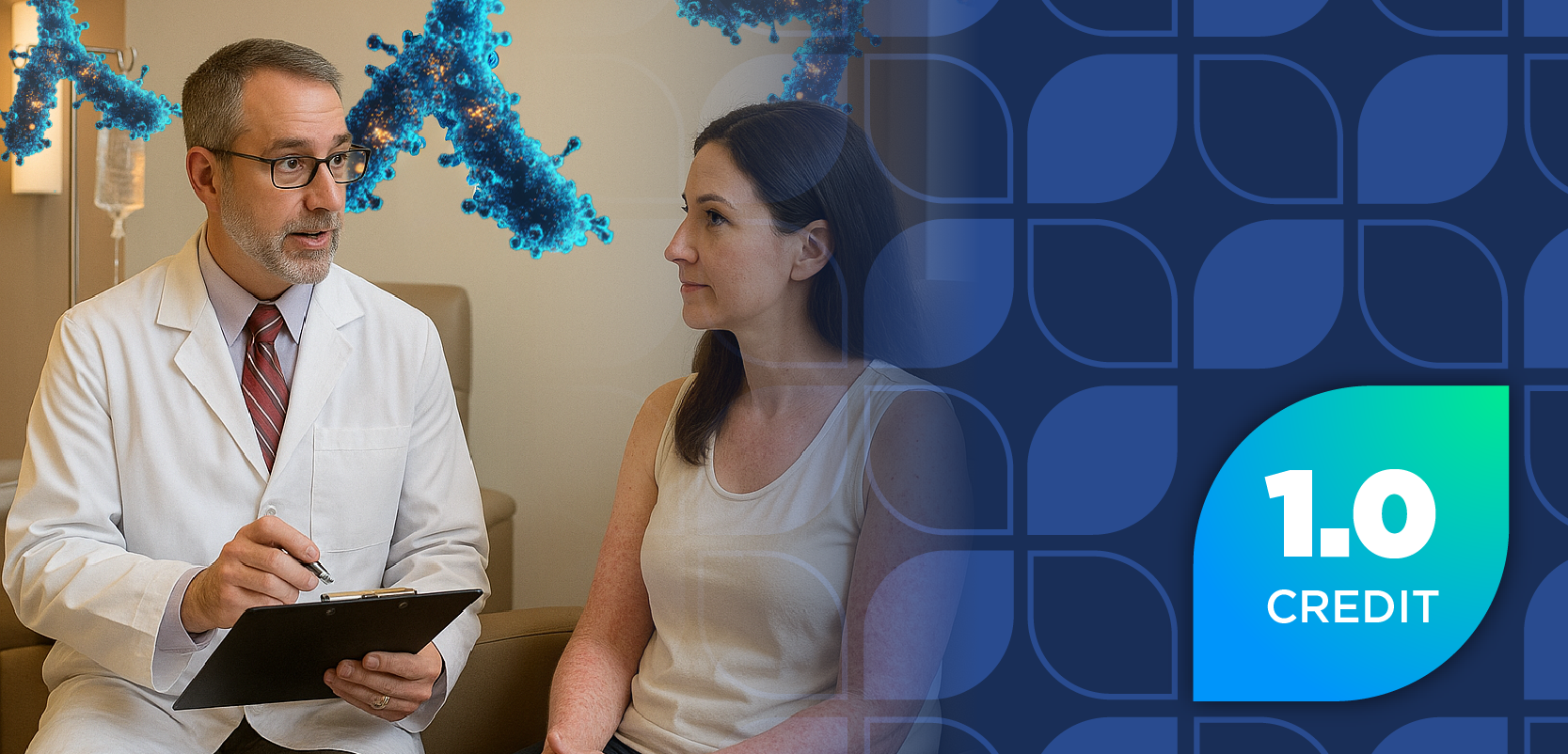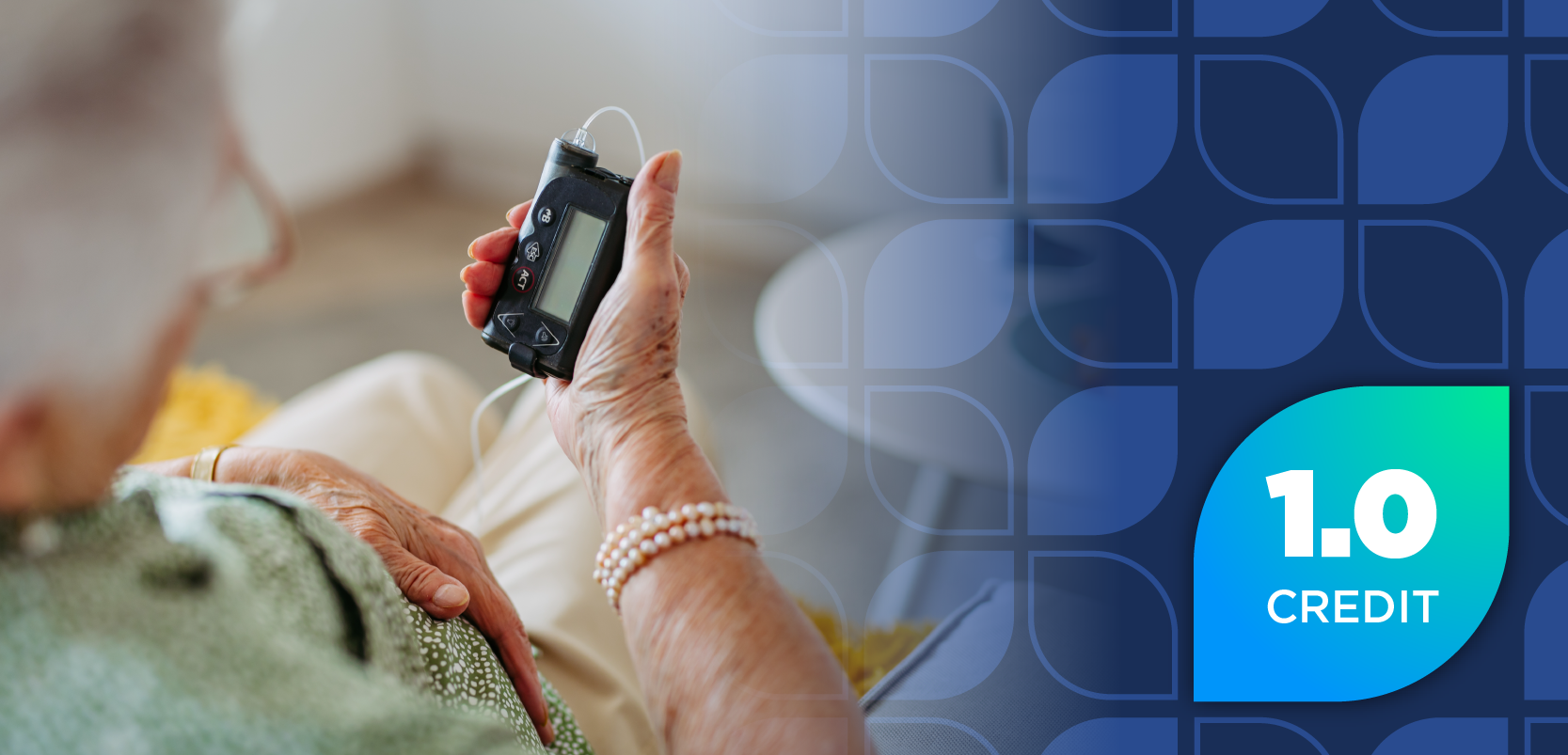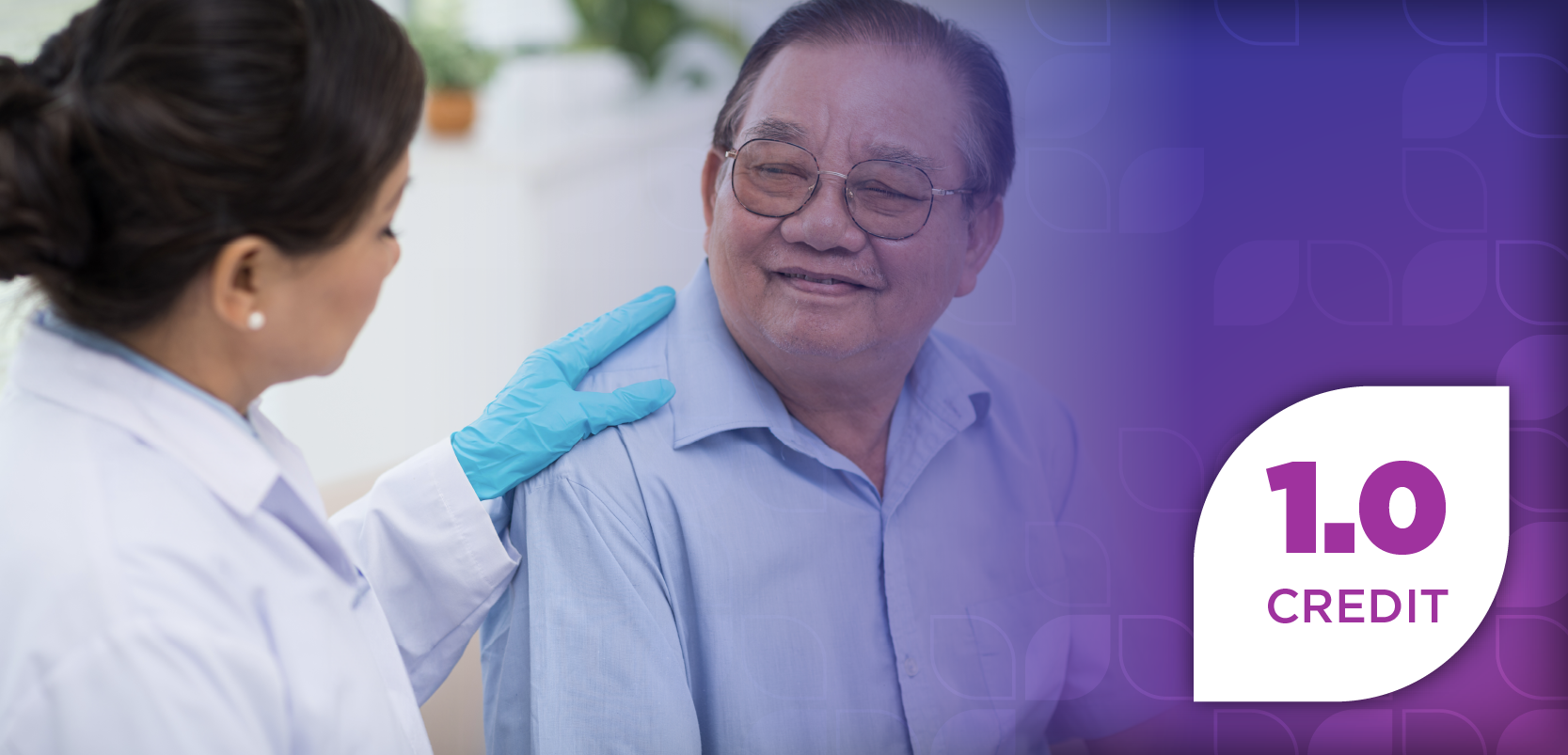
ASCO 2025: Cost-Effectiveness of Ribociclib in Early Breast Cancer
Key Takeaways
- Ribociclib plus endocrine therapy improves invasive disease-free survival in HR+, HER2– early breast cancer but is not cost-effective at current prices in the US.
- The NATALEE trial's cost-effectiveness analysis showed an incremental cost-effectiveness ratio of $1.2 million per equal value life year for ribociclib plus endocrine therapy.
Ribociclib plus endocrine therapy shows improved survival in HR+, HER2- breast cancer, but its cost-effectiveness raises concerns in the US market.
In the randomized, open-label, multicenter phase 3 NATALEE clinical trial (NCT03701334), ribociclib (Kisqali; Novartis) plus endocrine therapy, a nonsteroidal aromatase inhibitor (NSAI), significantly improved invasive disease-free survival among individuals with HR-positive (HR+) and HER2–negative (HER2–) early breast cancer. However, findings presented at the 2025 American Society of Clinical Oncology (ASCO) in Chicago, Illinois, aimed to further assess the cost-effectiveness of ribociclib plus endocrine therapy in this patient population in the US.1,2
Ribociclib Treatment in HR+, HER2– Breast Cancer
HR+, HER2– breast cancer is the most common form of breast cancer, with a 5-year survival rate of approximately 99% when the tumor is localized to the breast. However, for cancer that has already spread to the distant part of the body, the median survival is generally 5 years. In addition, HR+, HER2– early breast cancer is a common subtype where the cancer cells have estrogen and progesterone receptors but do not have excessive amounts of the HER2 protein, according to Mayo Clinic.3
Ribociclib is a targeted cancer drug that works by blocking a protein that signals cancer cells to divide, ultimately slowing or stopping the spread of the cells. Previous research has demonstrated significant improvement in overall survival among individuals with HR+, HER2– breast cancer who were treated with ribociclib. Additionally, when combined with an NSAI, ribociclib has been shown to improve invasive disease-free survival in individuals with HR+, HER2– early breast cancer at stage II or III.4
Methods and Results From NATALEE Clinical Trial
Using data from the phase 3 NATALEE clinical trial, the researchers developed a partitioned survival model that evaluated the cost-effectiveness of ribociclib combined with endocrine therapy vs endocrine therapy alone among individuals with HR+, HER2– early breast cancer. The model included individuals with a median age of 51 years and extended survival curves to a 10-year horizon using standard extrapolation techniques. The study authors noted that costs were determined using data from the Centers for Medicare & Medicaid Services, whereas effectiveness was measured in both quality-adjusted life years (QALYs) and equal value life years (evLYs), informed by age-, sex-, and breast cancer-specific utility values. The primary end point of the study included the incremental cost-effectiveness ratio (ICER) per evLY in US dollars.1
The results from the base-case analysis demonstrated that ribociclib plus endocrine therapy experienced discounted costs of approxinately $442,000 and yielded 7.79 discounted evLYs, whereas endocrine therapy alone accumulated discounted costs of $186,000 and resulted in 7.57 discounted evLYs. Regarding the primary end point, the results displayed an ICER of $1.2 million per evLY for adding ribociclib. Further results from the deterministic sensitivity analysis indicated that the model's conclusions were only sensitive to the price of ribociclib, with no other factor influencing the outcome. Lastly, the threshold analysis revealed that a 90% reduction in ribociclib's price would be required for the combination therapy to be cost-effective, even at the highest willingness-to-pay threshold.1
The findings suggest that at current pricing, ribociclib with endocrine therapy is not expected to be a cost-effective strategy compared with endocrine therapy alone for patients with HR+, HER2– early breast cancer in the US.1
REFERENCES
1. Hortobagyi GN, Stroyakovskiy D, Saura C, et al. Abemaciclib for high-risk early breast cancer: updated efficacy and safety results from the monarchE study. J Clin Oncol. 2025;43(Number 16_suppl). doi:10.1200/JCO.2025.43.16_suppl.11049
2. A study evaluating the efficacy and safety of giredestrant plus everolimus compared with the physician's choice of endocrine therapy plus everolimus in participants with estrogen receptor-positive, HER-negative, locally advanced or metastatic breast cancer (evERA Breast Cancer). Clinicaltrials.gov. Updated April 15, 2025. Accessed June 13, 2025. https://clinicaltrials.gov/study/NCT05306340
3. Hormone receptor positive, HER2-negative breast cancer: what to expect. Mayo Clinic. News release. August 29, 2024. Accessed June 13, 2025. https://mcpress.mayoclinic.org/cancer/hormone-receptor-positive-her2-negative-breast-cancer-what-to-expect/
4. Slamon D, Lipatov O, Nowecki Z, et al. Ribociclib plus endocrine therapy in early breast cancer. N Engl J Med. 2024;390(12):1080-1091. doi:10.1056/NEJMoa2305488
Newsletter
Stay informed on drug updates, treatment guidelines, and pharmacy practice trends—subscribe to Pharmacy Times for weekly clinical insights.



